Main lesson books are where children record their learning. In the Waldorf approach, children create their own book of what they learn during each 3 to 6 week main lesson block. Here is how to make a main lesson book.
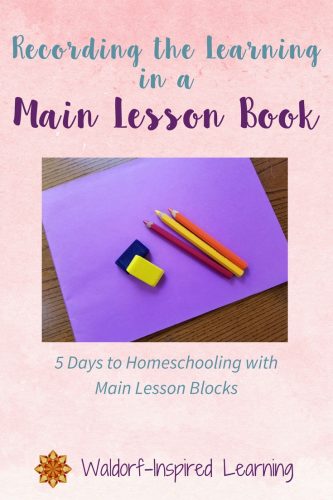
This post contains affiliate links for your convenience. You can read my full disclosure policy here.
What Exactly Is a Main Lesson Book?
A main lesson book basically begins as a blank book with blank pages.
You have a variety of possibilities to choose from to create your main lesson books.
- You can purchase a pre-bound book from many Waldorf suppliers, such as these main lesson books from Meadowsweet Naturals.
- You can purchase blank illustration books such as these sketch books.
- You can make your own main lesson books from loose leaf drawing paper. You simply collect the drawings and writing to bind them into a book after the block is finished.
What is the Purpose of a Main Lesson Book?
The purpose of a main lesson book is really to replace a textbook and worksheets. And to weave the arts into learning. Rudolf Steiner, the founder of the Waldorf approach, was motivated to create a method that was alive and engaging rather than abstract and dull.
In the Spring of 1919, Steiner had been asked by the owner of a cigarette factory in Stuttgart, Germany to open a school for the children of the factory workers. The time period was post World War I Germany. Steiner set out to create a method that would would bring about both social and economic renewal in a country that had been devastated by war.
As he set out to develop a new and enlivening method, Steiner visited schools across Europe to observe. His conclusion was that the typical teaching method was mostly lecture and note-taking, and that the lessons were very abstract.
And so, the Waldorf method was born. To bring the learning alive and combat abstraction.
How much of what we see in the Waldorf classroom today in terms of what main lesson books look like was actually a part of that first school? That is not known. We can assume that the style, the content, and the method for creating main lesson books has evolved over the past 99 years. We don’t know what those main lesson books actually looked like back in 1919.
We do know, however, that it was common practice for students to create their own notebooks by taking notes and illustrating those notes while listening to lectures. So, I would surmise that the method of making main lesson books stems from that practice. Steiner then encouraged adding even more drawing to these books that serve as a record of a student’s learning. The actual directive that Steiner gave to those very first Waldorf teachers was no textbooks and no tests.
How To Make a Main Lesson Book
As I shared in previous posts in this series, the lesson rhythm in the Waldorf approach spans two days. On the first day, new material is presented with a story. Then a student draws or paints a picture into his or her main lesson book on one side of a double-page spread. Then next day, after reviewing the story, the student writes a summary of the story.
In first or second grade, the summary might consist of just a letter and then a sentence or title. And as children progress through the grades, these summaries become more detailed and turn into paragraphs. And the drawings become more intricate and detailed.
This two-day rhythm is how we proceed through the days and weeks of each main lesson block. Keep in mind that you don’t have to make a main lesson book for every single block. It’s nice to mix things up a bit sometimes. But it’s also nice to have these illustrated books as records of a child’s best work.
The Lively Arts
Steiner believed that the liberal arts, which were once considered high arts, had become abstract sciences and that teaching needs to be alive rather than abstract. He encouraged teachers to foster what is artistic in the child because the artistic element strengthens the will. This is the core of the Waldorf hands-on approach to learning.
In his time, nearly one-hundred years ago, Steiner created a method around the lively arts because he was concerned that teaching had become too abstract and strictly intellectual. You can read more about The Seven Lively Arts here.
Steiner founded Waldorf education to bring the elements of feeling and willing (through the arts and hands-on activity) into all lessons to accompany thinking. Recording the learning in a main lesson book is great way to bring the learning alive.
My primer, Homeschool Simplicity Bundle: Your Toolkit for Grades 1-8, offers more guidance in homeschooling with main lesson blocks.
And my online program, Plan It Out, walks you through the 6 Steps to Planning an Awesome Waldorf Homeschooling Year in six video lessons. Plus you become part of a coaching community of other Waldorf homeschoolers.
This post is part of a series, 5 Days to Homeschooling with Main Lesson Blocks.
5 Days to Homeschooling with Main Lesson Blocks
Hop around to all the posts in this series to find all you need to homeschool with main lesson blocks!
Day 1: What is a Main Lesson Block?
Day 2: Why Does Main Lesson Block Learning Work?
Day 3: The Essential Elements of a Main Lesson Block
Day 4: How to Plan Main a Lesson Block
Day 5: Recording the Learning in a Main Lesson Book (That’s this post!)

This series is part of the iHomeschool Network’s 5 Day Hopscotch. See what the other bloggers have shared and find tips, encouragement, and resources for your homeschool.


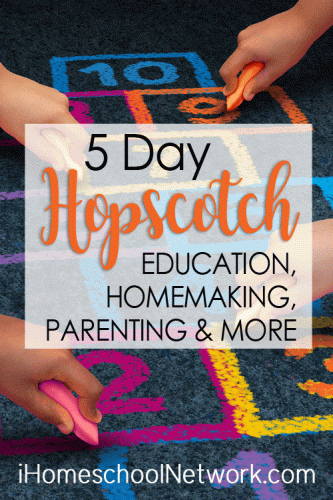

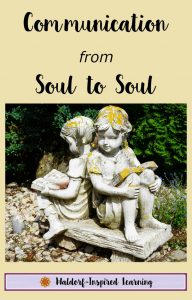

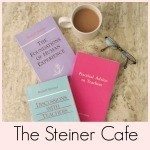
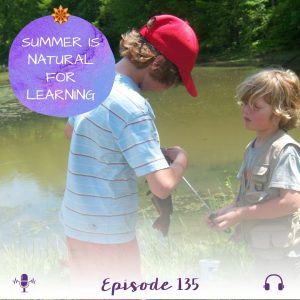


Would love to see samples of the main lesson books you have created. This is the very first time we are doing one. We are following Waldorf Essentials curriculum and lesson blocks. We do form drawing as one of the daily activities we cycle through that pair with the day’s lesson. Wondering if you keep form drawing in a separate MLB. I love the way you have explained the way you discuss the day’s reading and have been doing that as well. Thanks in advance!